- Home
- Canal Walking [ Walking in Okazaki/Kegae area ]
Here are some popular sightseeing spots
in Okazaki and Keage.
Compare the old images with the original spots,
and enjoy walking!
West Exit of the Third Tunnel / Former Gosho Water Pumping Facility
Neo-Renaissance architecture designed by Tokuma Katayama
Ebisugawa Boat Reservoir / Statue of Kunimichi Kitagaki
The third Kyoto Prefectural Governor, who was the founder of Lake Biwa Canal
Recommended Route
Here are some recommended
walking routes!
Long Walking Route
- Approx. 1 hour 15 minutes
- Approx. 2 hours 10 minutes (excluding a visit in Nanzenji temple)
- ①Keage Station on the Subway Tozai Line
- 8 minutes on foot
- ②West Exit of the Third Tunnel / Former Gosho water pump facility (viewed only from outside)
- 3 minutes on foot
- ③Statue of Sakuro Tanabe
-
5 minutes on foot You can see the water intake and pipe line of the Keage Power Plant!

- ④Keage Incline (Carriage/Sanjukkoku-bune (old commercial boat))
-
3 minutes on foot The facility seen over the road on the left hand is the Keage Filtration Plant!

- ⑤Keage Power Plant (viewed only from outside)
- 3 minutes on foot
- ⑥Nejirimanpo tunnel
-
8 minutes on foot Go into the grounds of Nanzenji temple!

- ⑦Suirokaku
- 9 minutes on foot
- ⑧Lake Biwa Canal Museum
- 3 minutes on foot
- ⑨Nanzenji Boat Reservoir
-
21 minutes on foot Stroll along the Oto canal

- ⑩Ebisugawa Boat Reservoir / Statue of Kunimichi Kitagaki
- 1 minute on foot
- ⑪Ebisugawa Power Plant (viewed only from outside)
-
14 minutes on foot From Tanabe-bashi Bridge, walk along the Kamo River Canal

- ⑫Kyoto Shiyakusho-mae Station on the Subway Tozai Line
Short Walking Route
- Approx. 50 minutes
- Approx. 1 hour 40 minutes (excluding a visit in Nanzenji temple)
- ①Keage Station on the Subway Tozai Line
- 8 minute on foot
- ②West Exit of the Third Tunnel / Former Gosho water pump facility
- 3 minutes on foot
- ③Statue of Sakuro Tanabe
-
5 minutes on foot You can see the water intake and pipe line of the Keage Power Plant!

- ④Keage Incline (Carriage/Sanjukkoku-bune (old commercial boat))
-
3 minutes on foot The facility seen over the road on the left hand is the Keage Filtration Plant

- ⑤Keage Power Plant (viewed only from outside)
- 3 minutes on foot
- ⑥Nejirimanpo Tunnel
-
8 minutes on foot Go into the grounds of Nanzenji temple

- ⑦Suirokaku
- 9 minutes on foot
- ⑧Lake Biwa Canal Museum
- 3 minutes on foot
- ⑨Nanzenji Boat Reservoir
- 8 minutes on foot
- ⑩Keage Station on the Subway Tozai Line
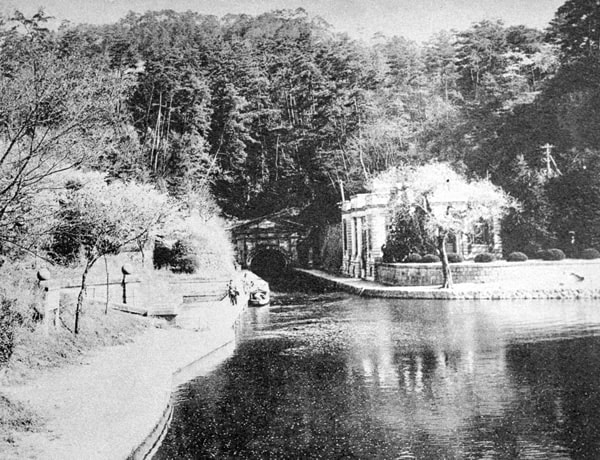
1929 (Showa 4th year)
-
West exit of the Third Tunnel / Former Gosho Water Pumping Facility
The inscription on the plaque displayed at the west exit of the third tunnel was written by Sanetomi Sanjo, saying what beautiful mountains and rivers they are. The dignified brick building in front of the west exit is the "former Gosho Water Pump Facility," which was designed by Tokuma Katayama, known as the architect who designed the Guest House Akasaka Palace, and the Kyoto National Museum.
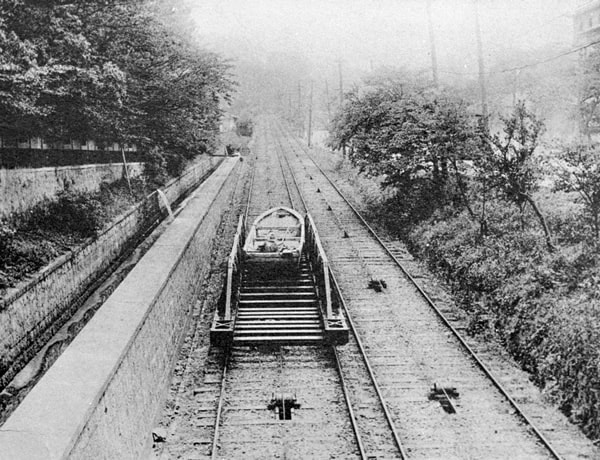
1940 (Showa 15th year)
-
Keage Incline
The slope railway was installed so that ships passing the canal could overcome the difference in height of approximately 36 meters between the upstream Keage Boat Reservoir and the downstream Nanzenji Boat Reservoir in the canal. At the time of construction, it was the longest slope railway in the world. The original images were restored in 1977 (Showa 52nd year), and now this spot has become popular as a place where you can enjoy viewing cherry trees in full bloom while walking along the railway track in spring.

-
Statue of Sakuro Tanabe
Sakuro Tanabe, who worked actively as the chief engineer of Lake Biwa Canal construction, committed himself to the constructions of railways in Hokkaido, and the Kanmon tunnels. Moreover, he greatly conrtibuted to Japan's modernization as a civil engineering technician and educator, by holding professor posts at Tokyo and Kyoto Imperial Universities.
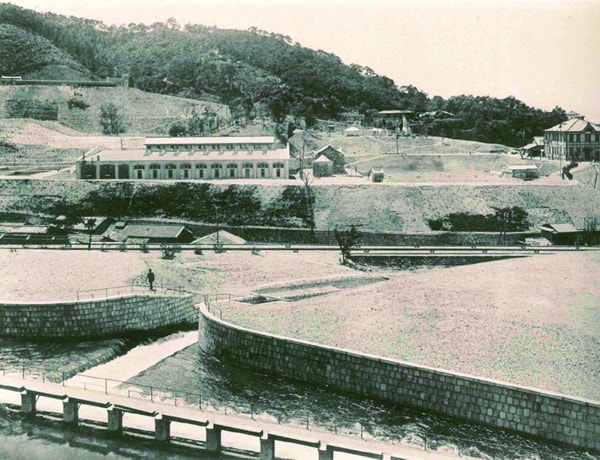
1912 (Meiji 25th)
-
Keage Filtration Plant
This was the first filtration plant constructed in Kyoto City, and adopted Japan's first rapid filtering method. Tap water source is taken from the second canal, and sent to the filtration plant on the same principle as the siphon. This area is known as a beautiful spot for azaleas, and open to the public around the Golden Week holidays every year in time with the blooming period.
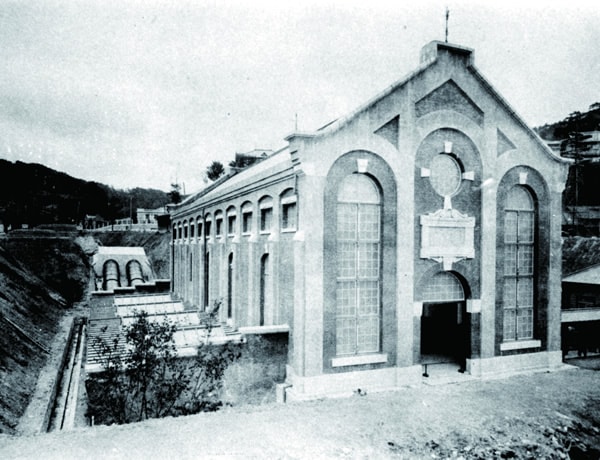
1912 (Meiji 25th year)
-
Keage Power Plant
Tanabe got the idea during his visit to the United States. Based on his suggestion, "Keage Power Plant", which was the first business-use hydraulic power plant in Japan, was born in 1891 (Meiji 24). Electricity generated by hydraulic power was used for industrial production and electric railway, which became a huge driving force in the development of Kyoto. Kyoto City transferred the electric power business to Kansai Haiden (current Kansai Electric Power Co., Inc.) in 1942 (Showa 17).

-
Nejirimanpo Tunnel
"Manpo" is an old word to indicate a tunnel. The tunnel for pedestrians going toward Nanzenji temple under the Keage Incline looks like it's swirling, because the bricks were placed in a spiral manner. The inscription on the plaques at the north and south exits of the tunnel were written by Kunimichi Kitagaki, saying "Excellent view and unexpected idea", and, "Where there is a will, there is a way".
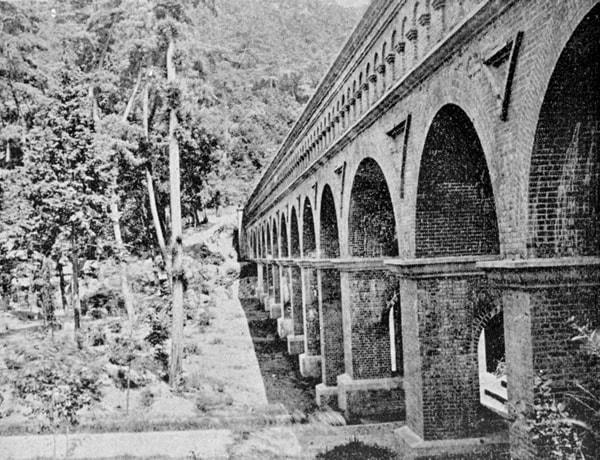
1888 (Meiji 21th year)
-
Canal Branch and Suirokaku
Suirokaku, a part of the canal branch into which the first canal was divided from Keage to the north, is an aqueduct bridge passing through the precincts of Nanzenji temple. This stately structure is 93.2 meters long in its entirety, and approximately 9 meters high, and fits well into the historical scenery with many temples and shrines scattered around. Go along this branch to the north to connect to the walking path familiarly known as "Philosophers' Path" (from Wakaoji to Ginkakuji-do).
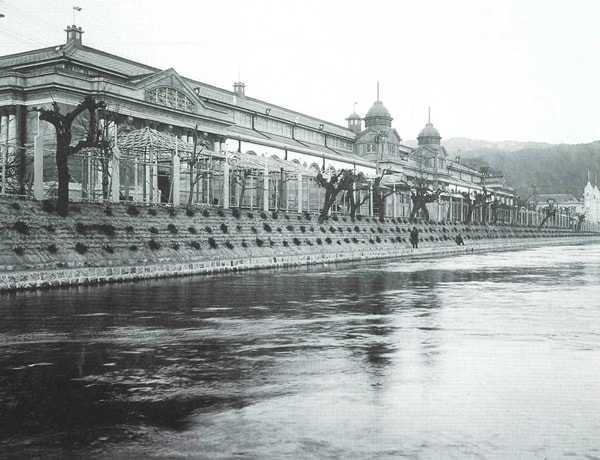
1924 (Taisho 13rd year)
-
From Nanzenji Boat Reservoir to Oto Canal
The downstream side of the Keage Incline from Nanzenji Boat Reservoir to Ebisugawa Boat Reservoir is also called Oto Canal. Cultural facilities such as art museums and concert halls line up along the canal flow. There is a Jukkoku-bune (old-style commercial boat) operation service along the canal from the end of March to early May annually, and especially in the cherry blossom season you can enjoy viewing the elegant scenery of full bloomed cherry blossoms along the canal from a boat.
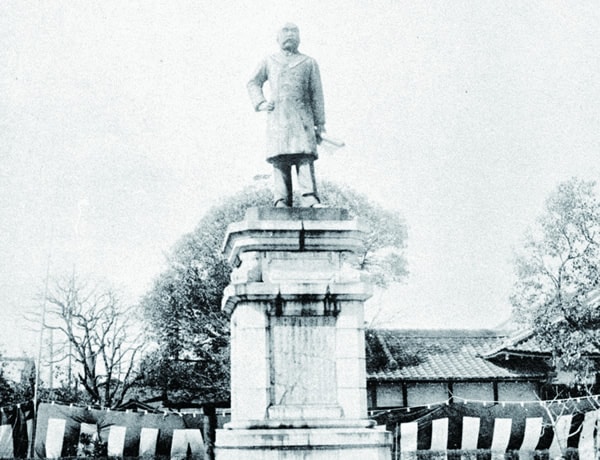
-
Ebisugawa Boat Reservoir / Statue of Kunimichi Kitagaki
Ebisugawa Boat Reservoir is the largest of the reservoirs located along Lake Biwa Canal, and it was popular as a leading swimming area in Kyoto for many years after 1896 (Meiji 29). In this boat reservoir, you can see the statue of Kunimichi Kitagaki, the third Kyoto Prefectural Governor, who made great effort for the canal construction. He stands proudly, holding the groundbreaking document of Lake Biwa Canal in his left hand.
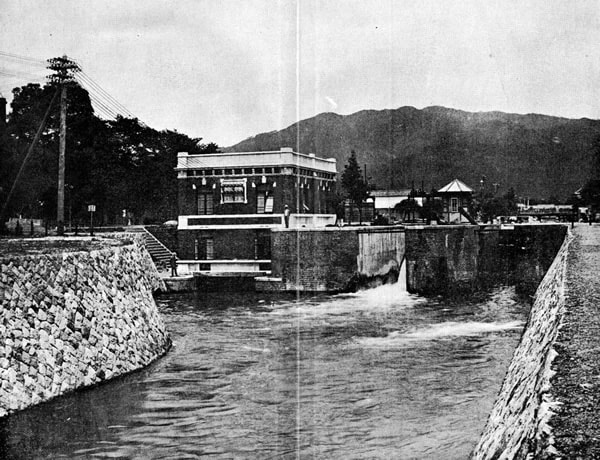
1914 (Taisho 3rd year)
-
Ebisugawa Power Plant
Even after the Keage Power Plant was completed, the demand of electric power continued increasing, and far exceeded the supply. The second Lake Biwa canal completion secured sufficient water in 1912 (Meiji 45th year). Ebisugawa Power Plant was newly constructed in April, 1914 (Taisho 3rd), and Fushimi (current Sumizome) Power Plant in May 1914 (Taisho 3rd year), accordingly. The electricity supply was enhanced.














